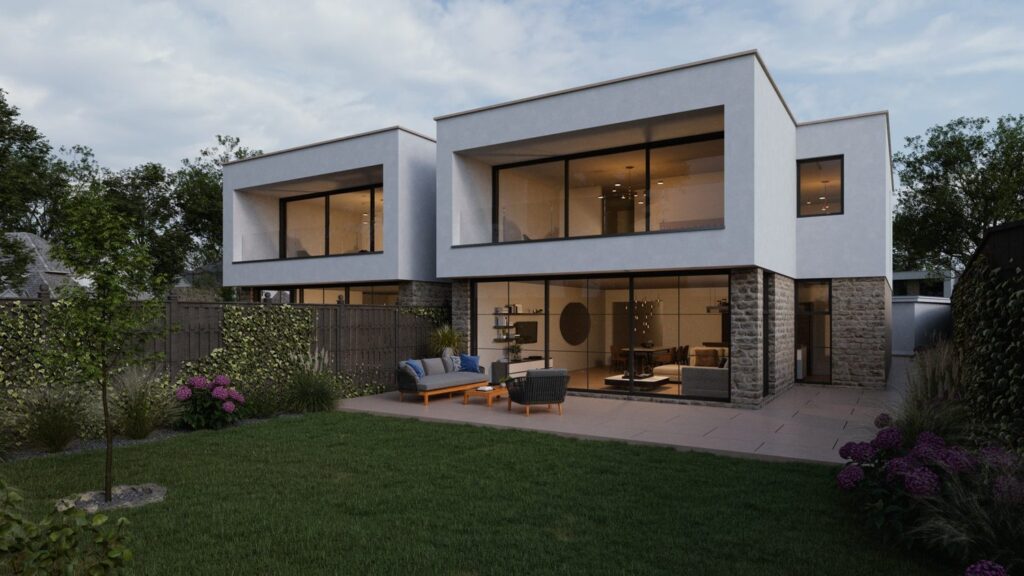
Vernacular Architecture and Climate: Adapting to Nature’s Design
In recent years, the concept of vernacular architecture and climate has gained significant traction. This architectural style seamlessly integrates with its environmental context, offering practical solutions to modern-day climate challenges. For home enthusiasts, understanding this approach is not just about aesthetics but about sustainability and resilience.

What is Vernacular Architecture?
Vernacular architecture refers to buildings that are designed based on local needs, materials, and traditions. This approach emphasizes harmony with the local climate, making it a sustainable choice for many regions. Unlike modern designs that may rely heavily on artificial climate control, vernacular designs use natural strategies to maintain comfort.
Climate Adaptation Through Architecture
One of the core principles of vernacular architecture is its ability to adapt to the local climate. This means leveraging local materials, cultural practices, and environmental conditions to create homes that are naturally efficient. For instance, in hot climates, homes are often constructed with thick walls and small windows to keep the interior cool.
Local Materials
Using locally sourced materials is a hallmark of vernacular architecture. This not only reduces the carbon footprint associated with transportation but also ensures that the materials are well-suited for the local climate. For example, adobe bricks are popular in arid regions due to their insulating properties.
Natural Ventilation
Natural ventilation is another key aspect of vernacular architecture. By strategically placing windows and vents, homes can take advantage of prevailing winds to maintain a comfortable interior temperature. This reduces the need for air conditioning and promotes energy efficiency. Learn more about natural ventilation.
Modern Applications of Vernacular Architecture
While vernacular architecture is rooted in tradition, its principles are increasingly relevant in modern contexts. With growing concerns about climate change and sustainability, many architects are revisiting these age-old practices. In urban areas, innovative solutions are being developed to integrate vernacular elements into contemporary designs.
Sustainable Urban Housing
Urban environments pose unique challenges for sustainable building. However, by incorporating vernacular principles, cities can create housing solutions that are both environmentally friendly and functional. For insights into urban sustainability, check out this article on sustainable urban housing.
Affordable Housing
Affordability is a significant concern in many areas. By applying vernacular techniques, communities can develop cost-effective housing solutions that are also environmentally conscious. Explore more on affordable housing materials.
Global Examples of Vernacular Design
From the earthen homes of Africa to the stilt houses of Southeast Asia, vernacular architecture can be found worldwide. Each design is uniquely tailored to its environment, showcasing the ingenuity and adaptability of this approach.
Earthen Homes in Africa
In many African regions, homes are constructed using earth-based materials. These structures are not only sustainable but also provide excellent insulation against the extreme temperatures of the climate.
Stilt Houses in Southeast Asia
In flood-prone areas of Southeast Asia, houses are often built on stilts. This design keeps homes safe from rising waters and takes advantage of cooling breezes.
Conclusion: Embracing Vernacular Wisdom
For home enthusiasts, embracing the principles of vernacular architecture is a step towards sustainability and resilience. By understanding and applying these time-tested strategies, we can create homes that are not only beautiful but also in harmony with their environment.

FAQs
What is the main benefit of vernacular architecture?
Vernacular architecture offers sustainability by using local materials and adapting to the local climate.
How does vernacular design impact energy use?
By leveraging natural ventilation and insulation, vernacular architecture reduces dependency on artificial heating and cooling.
Can vernacular techniques be applied in urban settings?
Yes, by integrating modern technology with vernacular principles, urban areas can benefit from sustainable and affordable housing solutions.
This article contains affiliate links. We may earn a commission at no extra cost to you.